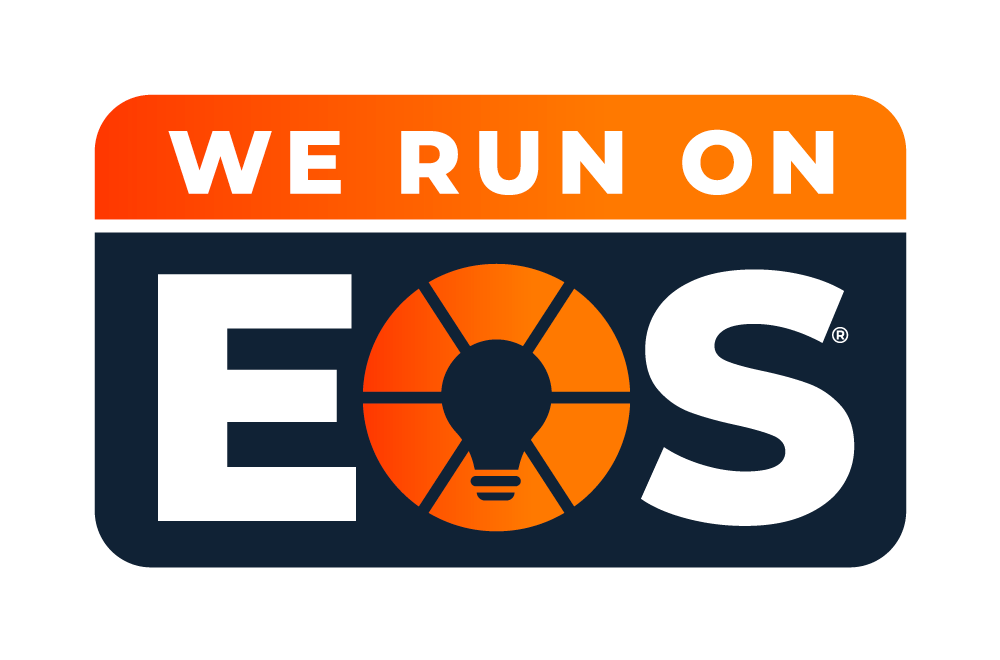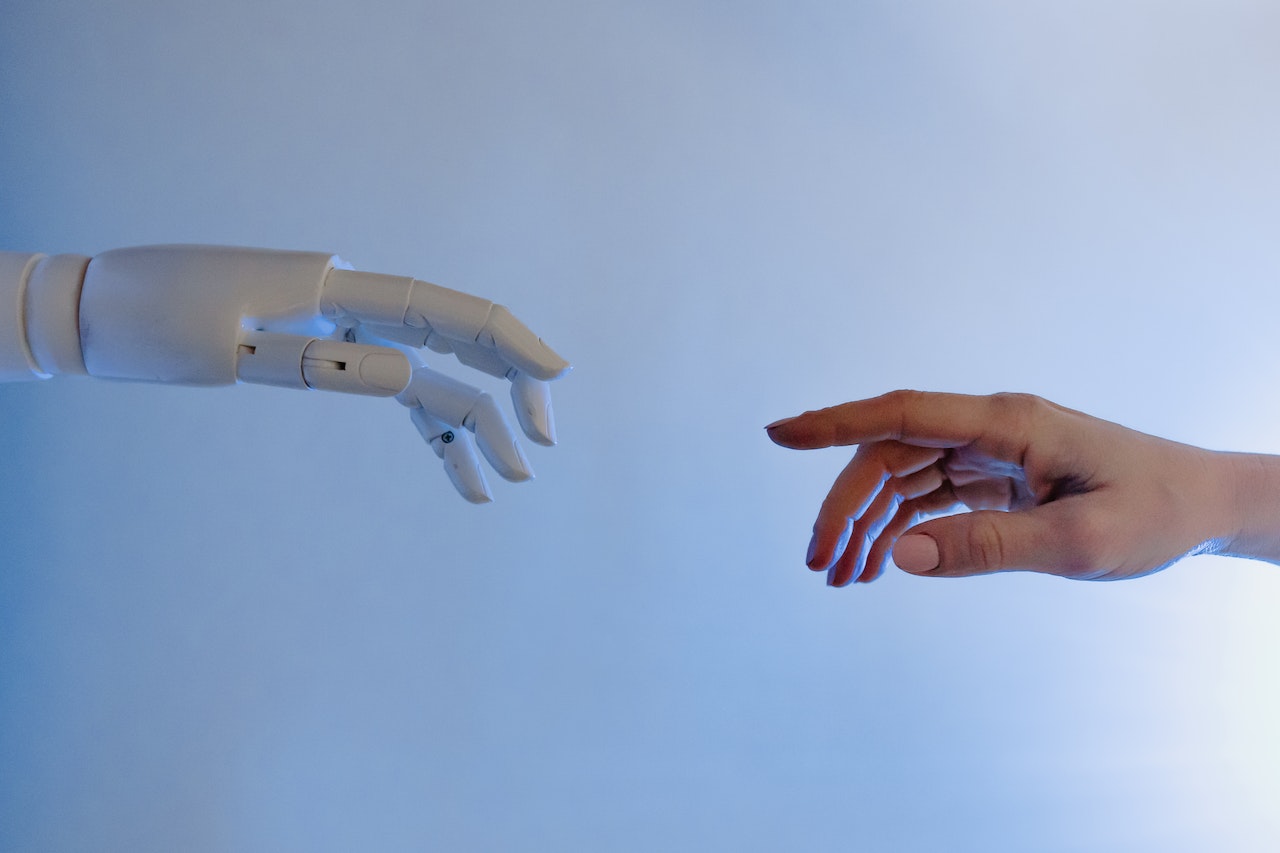Introduction
In recent years, artificial intelligence (A.I.) has become an increasingly popular buzzword in marketing. But for many, A.I. is still a bit of a mystery. You may know what it is and how it sort of works, but do you know how you can use it to improve your own business and make smarter decisions? Here are four ways that businesses can use A.I.-powered technologies in their marketing:
1. Deliver personalised content and offers at scale
A.I. can help you deliver more personalised content and offers at scale by using customer data to determine what kind of offer will be most appealing to each individual customer based on previous interactions between buyer and seller. This way, you’re able to make sure that every single person who visits your site gets exactly what they need from you- and doesn’t have any reason not to buy from you again in the future!
A.I. applied this way increases engagement with consumers by making it easier for them to find exactly what they’re looking for online (or on mobile). This saves both time and money because marketers don’t have as much wasted effort trying out different strategies; instead, they can focus on those methods which are most likely to lead somewhere fruitful.
2. Realise your potential to innovate using A.I. technology.
A.I. can help you find new ways to innovate and improve your products, services and marketing. It’s not just a buzzword; it’s a real technology that has the power to transform your business.
A.I. is already being used by companies around the world in innovative ways:
- Amazon uses machine learning algorithms to predict what customers will buy next based on previous purchases and browsing history.
- Facebook uses artificial intelligence for targeted advertising; for example, if a user clicks on an ad about hiking boots, Facebook will show them more ads related specifically to hiking boots in their newsfeeds later on.
- Netflix uses A/B testing software called “Chaos Monkey” which randomly cuts off parts of its system at least once every day so that engineers can test how well their systems can handle outages without affecting customers’ viewing experience.
3. Automate and streamline operations.
Automation is one of the most talked-about benefits of artificial intelligence. It’s also one of the most effective ways marketers can use A.I., as it allows them to streamline operations, automate repetitive tasks and make better use of their time.
Here are three ways you can use automation within your marketing activities:
- Automate repetitive tasks that don’t require human judgment or creativity -such as sending out emails or scheduling social media posts -so that you have more time for strategic thinking and analysis.
- Use A.I.s’ ability to learn from data (and each other) by giving them more responsibility over simpler tasks like filtering through potential customers or finding new prospects in your database based on certain criteria (like location).
- Deploy an automated chatbot on your website so visitors can ask questions without having to wait for someone from customer service; this gives visitors a sense that they’re being heard while freeing up human resources so they can focus on other projects instead!
4. Leverage machine learning to build better strategies and make smarter decisions.
Machine learning is a field of computer science that gives computers the ability to learn without being explicitly programmed. Machine learning focuses on the development of computer programs that can improve automatically through experience, an approach called “learning from data”.
The most common type of machine learning is based on statistical techniques that establish associations between variables (e.g., if you show me a picture of a dog and then ask whether it’s a cat or not, I’ll probably say no).
However, there are other types:
- Supervised Learning – This involves using labelled datasets to train an algorithm so it can make predictions about new data points. For example, if you’re trying to predict which customers will buy something after seeing them shop online for several months, then this technique would be useful because each customer has been labelled as either a buyer or non-buyer beforehand; therefore your program knows what information belongs together (buyers) versus what doesn’t (non-buyers). The goal here is simply making accurate predictions based on past experiences while minimising errors along the way.
- Unsupervised Learning – In contrast with supervised learning where we know what outcome looks like beforehand (e.g., which customers bought something), unsupervised methods don’t require any labels or categories beforehand since they’re trying figure out patterns within large datasets rather than predict outcomes based off previous events/experiences.
Conclusion
A.I.-powered tools are a great way for businesses to improve their own processes and personalise customer interactions more efficiently. You can automate and streamline operations, leverage machine learning to build better strategies and make smarter decisions, or even use A.I.-enabled tools like chatbots or voice assistants that allow consumers to interact with brands without ever leaving their homes!
A recent study from The Economist Intelligence Unit found that marketers who are using artificial intelligence have seen an average increase in revenue of 15 percent over a two-year period compared with those who aren’t using it yet (and they expect this figure will grow) – so if you haven’t adopted an A.I. focused approach to your marketing yet, now is the time!

